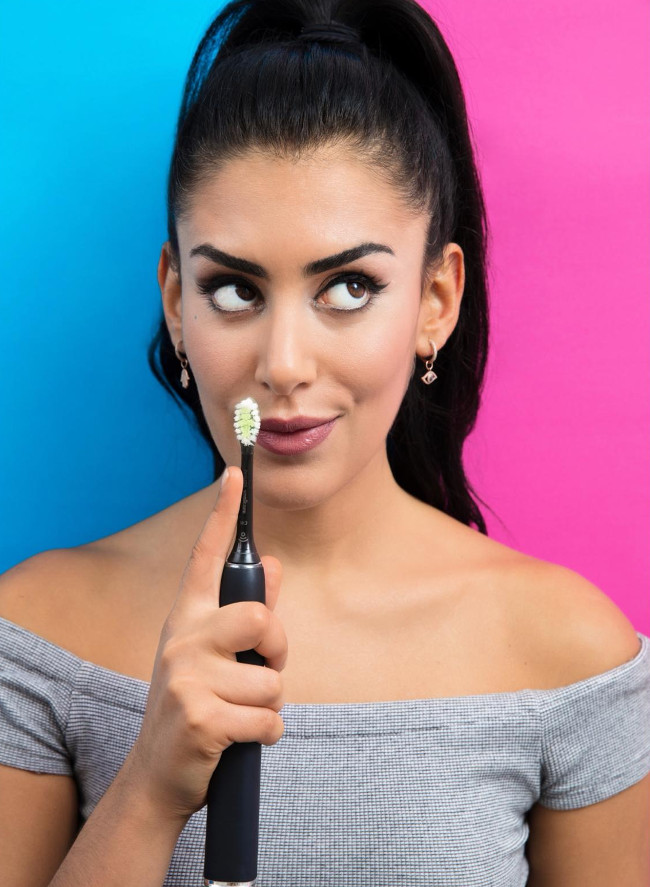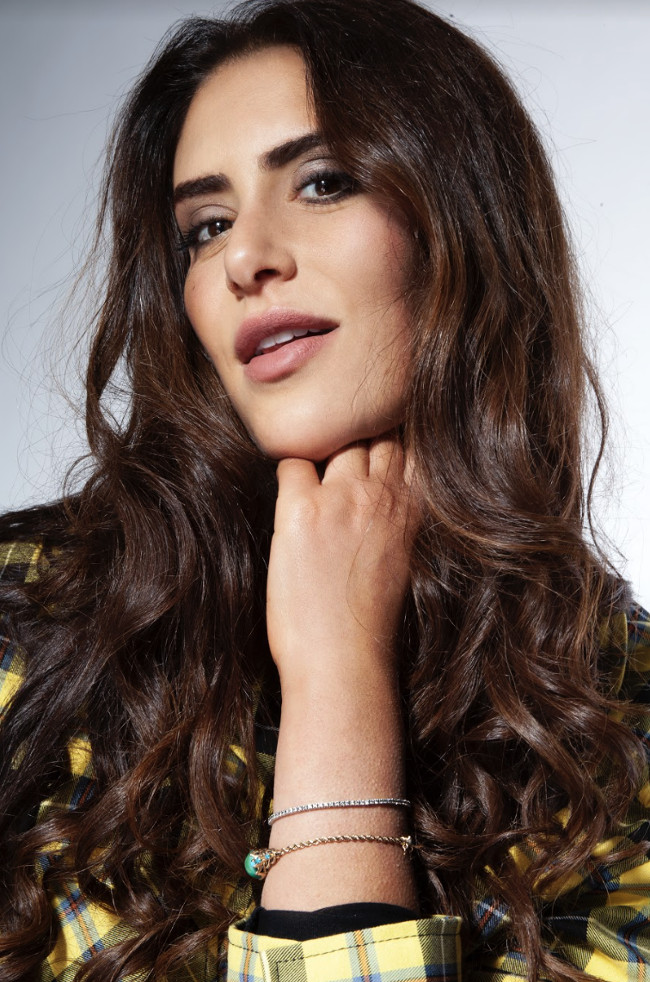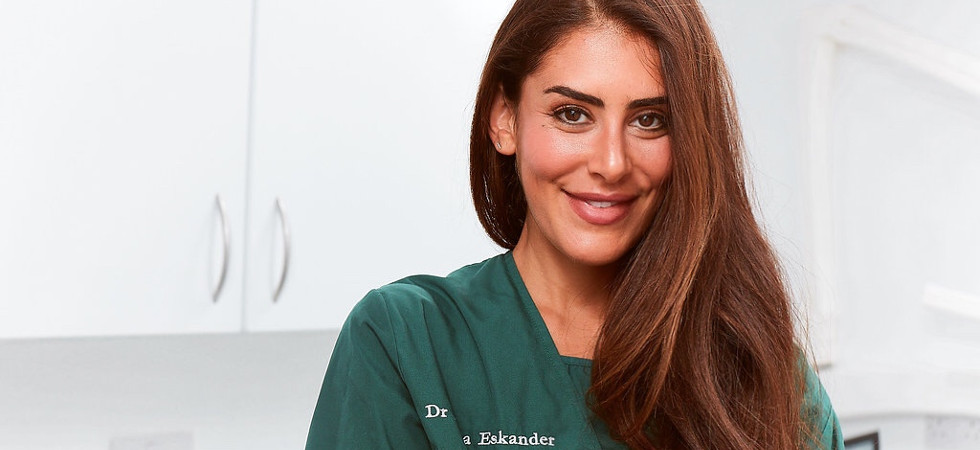An award-winning dentist who oversees a vibrant practice with a focus on cosmetic dentistry and facial aesthetics, Dr Rhona Eskander is skilled in the art of the smile.
Luxury Lifestyle Magazine spoke with Dr Eskander about her pioneering treatments, the future of her industry and her personal passion for helping others.
Q: You are doing real smile makeovers at your clinic – on a day to day basis you work on teeth whitening, veneers, bonding, lasering uneven gums and straightening teeth. In your opinion, what’s next in the industry?
A: The future is becoming much more interactive, people are relying on the internet for information. Instagram has become a platform to learn and take advice, meaning that they can now connect directly with health professionals.
With the new technology out there, people can see their before and afters before they even commit to treatment; technology and digital dentistry is at the forefront of the future. I use a scanner which shows people their teeth before they have started treatment and can simulate an after. I also use a tool called Smile View for people to take selfies and see their before and after photos on their face at the click of a button, and veneers and crowns are being made on site with technology and scanners. The digital era is upon us and a dentistry is moving with it.

Q: How important is a smile and how does a smile transformation change someone’s life?
A: In different cultures the different gestures mean different things; hand shaking, nodding, clapping. These signs can be interpreted in different ways. But smiling is the international language of the world. Smiling is the key competent of the face, when someone smiles we all know what it means. It conveys emotions and also release endorphins; it has been scientifically proven that smiling releases hormones that make us feel good. I have found that through my smile transformations people’s lives change- they develop the confidence to do things that they did not have the confidence to do before- apply for jobs, go on dates, be in pictures. It is incredible how much someone’s smile can impact their life
Q: You are famous for having mastered a pioneering shellacking treatment – can you tell us about that? Is it almost like teeth painting?
A: This question makes me chuckle; I once described this technique known as bonding to a journalist and coined the term ‘like applying shellac to the nails’ – little did I know it would be a term press would jump on! If it’s helpful though, I’m glad; I love using analogies in ways my patients can understand. Bonding involves adding resin to the teeth- we prepare the teeth with an etchant and bond and artistically place the resin. It can be added to the edges of the teeth or a full surface like a veneer. Layers are involved in the process and I do 2-3 cases per day. I do love it but it cannot fully replace ceramic veneers which are much stronger and better in some clinical situations.
Q: You are an ambassador for a charity called Health Point Foundation. Tell us a little about the volunteer work you have done with Syrian Refugees and the impact you have witnessed that that had?
A: I went to a refugee camp in Moira Greece with a charity called Health Point foundation, an NGO which was set up for the provision of medical, dental and educational services to displaced individuals regardless of religion, race and nationality. The vision of HPF is to fulfil the needs of those who have fled war and poverty, whilst maintaining the dignity of these individuals. Project team members always treat their patients as fellow equals. HPF aims to go, where the needs are.
The hub of the refugee crisis and one of the many locations that Health Point Foundation does work from. Moria, the main camp on the island. It’s grim to be honest. Once an army barracks, it’s surrounded by multiple layers of steel fencing topped with coils of barbed wire. Its official capacity of 1,800 has now been far surpassed, with an estimated population of around 7,000.
The Dental Clinic is small and we saw 35 patients per day doing extractions, access cavities and pulp extirpations. Some needed periodontal treatment. Others suffered from excruciating pain. Extractions were rife. There were no radiographs; we assessed and did what we could.

What broke us were the ones who insisted on holding onto teeth. It became apparent that this represented hope. One woman told me: “I have to hold onto this tooth. If I don’t have hope, what’s the point?” So, I dressed the tooth.
Amongst the hardship, a beautiful bond was formed. The team played music in the surgery and we laughed with everyone around us. The children are so beautiful and grateful for oral hygiene tools and stickers. It was hard not to become attached. There was opportunity to meet the other volunteers—teachers, opticians, doctors and more. So many beautiful souls playing their part in this tragedy.
Q: What is it that you would most like people to know about what you do?
A: I want people to know that I am a dentist who is here to make a difference on society’s views on dentists in general. I want to break the stigma of dentists being that scary person behind the mask and white lab coat and I want people to know that I pushed hard and continue to do so to ensure that they can make well informed decisions on their health choices.
My struggle to the top was to break boundaries and show people that dentists are health care professionals who can positively impact your health and wellbeing not just to treat pain and disease.






















